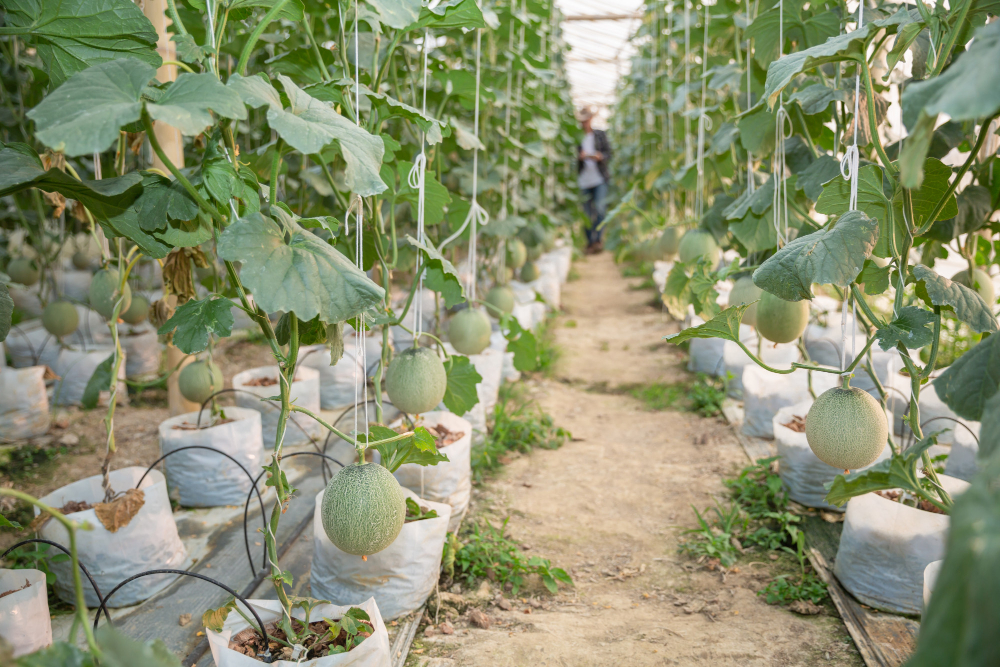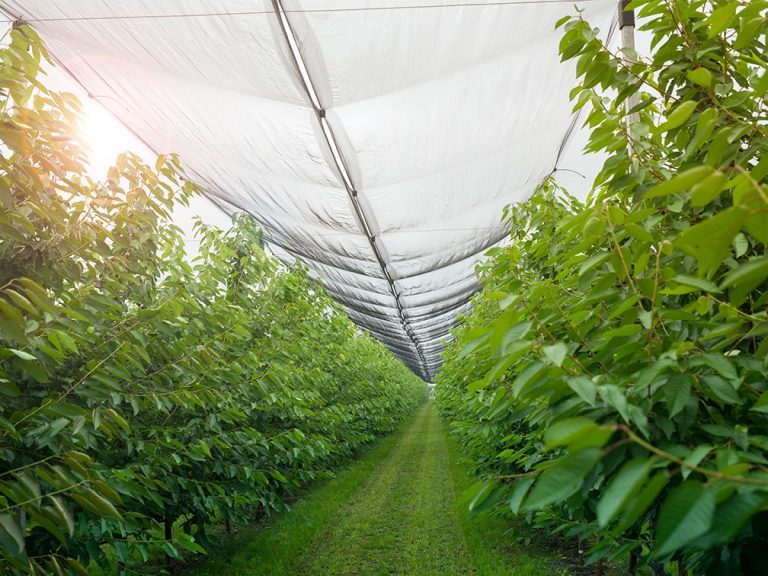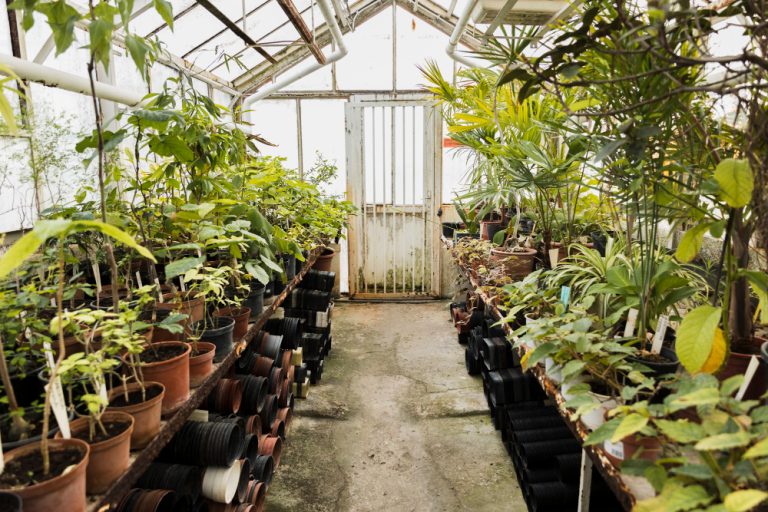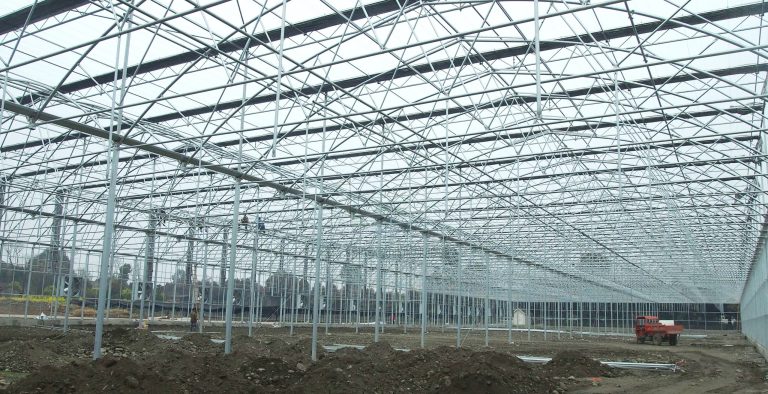
Key Points
- A greenhouse ventilation system manages air, temperature, humidity, and CO2 levels, using natural vents or mechanical fans.
- Research suggests it’s crucial for plant health, preventing overheating, diseases, and ensuring photosynthesis.
- The evidence leans toward ventilation improving crop yields and energy efficiency, though optimal setups vary by climate.
What Is a Greenhouse Ventilation System?
A greenhouse ventilation system is a setup that controls the air inside the greenhouse, ensuring proper temperature, humidity, and CO2 levels. It can work naturally, like opening vents or windows, or mechanically, using fans and automated systems to exchange air with the outside.
Why Is It Important?
Ventilation is vital for plant growth, as it prevents overheating, reduces humidity to avoid mold, and supplies fresh air for photosynthesis. It seems likely that good ventilation also boosts crop yields, lowers energy costs, and helps greenhouses adapt to different climates, from hot summers to cold winters. Without it, plants can suffer stress, diseases, or reduced growth.
Survey Note: Comprehensive Analysis of Greenhouse Ventilation Systems
This note provides a detailed examination of greenhouse ventilation systems, expanding on their definition, functionality, and importance, based on recent insights and authoritative sources. It aims to offer a thorough understanding for both novice gardeners and professionals, ensuring all aspects are covered comprehensively.
Definition and Components
A greenhouse ventilation system is defined as a mechanism designed to regulate air circulation, temperature, humidity, and carbon dioxide (CO2) levels within a greenhouse. It facilitates the exchange of air between the greenhouse interior and the external environment, which is essential for maintaining optimal growing conditions.
Ventilation systems can be categorized into two main types:
- Natural Ventilation: Relies on physical structures like vents, windows, or ridge openings, driven by wind or temperature differences. For example, smaller Growing Dome Kits include automatic vent openers, such as the 15′ kit with 2 bottom Univents and 1 top Bayliss vent (Growing Spaces Greenhouses).
- Mechanical Ventilation: Utilizes fans, exhaust systems, or automated climate controls. For instance, larger domes like the 33′ kit may include 2 electric fans or 3 solar fans for intake, paired with electric attic fans at the top (Growing Spaces Greenhouses).
These systems ensure air movement, which is critical for plant health, and can be tailored to specific greenhouse designs and climatic conditions.
Key Functions
The primary functions of a greenhouse ventilation system include:
- Temperature Control: Removes excess heat to prevent overheating, especially during summer, maintaining an optimal range of 65–85°F for most plants. The University of Florida Extension notes that summer ventilation requires at least 1 air change per minute to manage solar radiation influx (University of Florida Extension).
- Humidity Regulation: Reduces excess moisture to prevent mold, fungal diseases, and other humidity-related issues, targeting humidity levels of 50–70%. Without proper ventilation, high humidity can lead to conditions favorable for powdery mildew (Growing Spaces Greenhouses).
- Air Circulation: Ensures a fresh air supply, providing CO2 for photosynthesis and preventing stagnant air, which can harbor pests and diseases. The Growing Spaces article emphasizes that plants “breathe,” inhaling oxygen and exhaling CO2, making air circulation essential (Growing Spaces Greenhouses).
- Improved Plant Health: Promotes stronger growth by creating a balanced environment, preventing leggy, spindly plants, and enhancing resilience through air movement.
These functions are interconnected, with each contributing to a stable microclimate that supports plant vitality.
Importance and Benefits
The importance of greenhouse ventilation systems is well-supported by research and practical observations, with several key benefits:
- Optimizes Plant Growth: Ventilation ensures conditions are maintained within the ideal range for photosynthesis and growth. For example, at 60°F inside, 3 air changes per hour maintain ideal humidity, while at 70°F, heating requirements increase by 20% (University of Florida Extension). This optimization is critical for year-round cultivation, especially in controlled environments like domes (Growing Spaces Greenhouses).
- Prevents Disease: By reducing humidity and improving air movement, ventilation minimizes the risk of fungal infections, such as powdery mildew, which thrive in damp, still air. The Growing Spaces article highlights that ventilation prevents spore proliferation in warm, wet conditions (Growing Spaces Greenhouses).
- Increases Yields: Consistent environmental conditions lead to healthier plants, higher crop yields, and better-quality produce. Proper ventilation extends the growing season and produces the highest yields at the best quality, as noted in discussions on greenhouse optimization (Bootstrap Farmer).
- Energy Efficiency: Effective ventilation reduces reliance on artificial cooling or heating, lowering operational costs. For instance, natural ventilation has the advantage of no equipment costs and resilience to power failures, though it may require insect screens for pest control (University of Florida Extension).
- Climate Adaptability: Ventilation systems allow greenhouses to function effectively across diverse climates, from hot and humid summers to cold, dry winters. The University of Florida Extension details ventilation strategies for winter (2–3 air changes per hour), summer (1 air change per minute), and spring-fall (adjusted rates), highlighting the need for seasonal adjustments (University of Florida Extension).
Without adequate ventilation, a greenhouse can become too hot, humid, or CO2-deficient, leading to stressed plants, reduced yields, or crop failure. For example, an unventilated greenhouse in summer can turn into a furnace, holding withering heat instead of protecting plants (Gothic Arch Greenhouses).
Seasonal Considerations and Ventilation Rates
Ventilation requirements vary by season, as outlined in the University of Florida Extension:
| Season | Ventilation Rate | Details |
|---|---|---|
| Winter | 2–3 air changes per hour | Minimum rate; removes combustion gases, maintains humidity at 60°F; no benefit above 4 changes due to heating costs. |
| Summer | 1 air change per minute | Essential for temperature control; higher rates reduce inside-outside temperature difference but increase costs. |
| Spring–Fall | Between summer and winter rates, adjusted | Adjusted based on temperature and humidity, balancing heat and moisture control. |
These rates ensure the greenhouse environment remains conducive to plant growth, with specific recommendations for fan selection and natural ventilation strategies (University of Florida Extension). For instance, fans should be rated per AMCA Standards to move desired air volume against 1/8-inch water static pressure, and natural ventilation uses sidewall and ridge vents, though it’s less dependable than mechanical systems.
Practical Implementation and Examples
Practical implementation varies by greenhouse size and design. For example:
- Smaller Growing Dome Kits (15′, 18′, 22′) include passive airflow with automatic vent openers, such as Univents and Bayliss vents, which open/close via beeswax pistons, reinforced for extreme weather (Growing Spaces Greenhouses).
- Larger kits (26′, 33′, 42′) incorporate active airflow with fans, such as 12v Hybrid Fans for intake in the 26′ kit, or up to 4 solar fans in the 42′ kit with solar upgrades (Growing Spaces Greenhouses).
- Recommended airflow is to exchange one volume of air every 1 to 3 minutes (60–180 seconds), calculated by dividing greenhouse volume in cubic feet by total CFM from fans (Growing Spaces Greenhouses).
These examples illustrate how ventilation systems can be customized, with options for both passive and active airflow to meet specific needs.
Additional Considerations
Modern greenhouse designs often integrate automated climate controls, enhancing efficiency. For instance, exhaust fan systems can make a complete air change in 1 to 3 minutes in summer, using intake shutters to bring in cooler air (Gothic Arch Greenhouses). However, challenges like pest entry in natural ventilation can be mitigated with insect screens, which need regular cleaning (University of Florida Extension).
The choice of system depends on the greenhouse’s specific needs, with companies like J. Huete Greenhouses offering customized solutions for optimal plant growth (J. Huete Greenhouses). This customization ensures that ventilation aligns with the grower’s goals, whether for commercial production or personal gardening.
Conclusion
In summary, a greenhouse ventilation system is essential for maintaining a controlled environment that supports plant health, prevents diseases, and maximizes yields. Its importance is underscored by the need to manage temperature, humidity, and air circulation, with tailored strategies for different seasons and climates. By ensuring proper ventilation, growers can create a productive and sustainable growing environment, adapting to both natural and mechanical solutions based on their specific circumstances.




